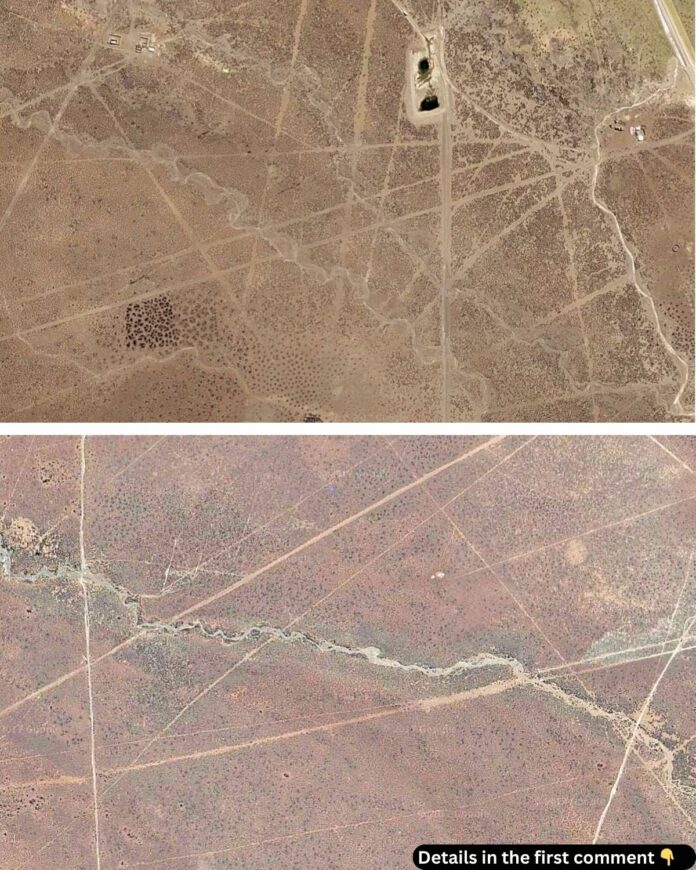In the highlands of Bolivia’s Altiplano plateau, an awe-inspiring sight unfolds—thousands of straight lines etched into the desert, creating an intricate network of geoglyphs. These ancient markings, known as the Sajama Lines, are considered one of the world’s largest and most enigmatic works of art. Preserved within Sajama National Park, a UNESCO World Heritage Site, they offer a glimpse into the creativity of ancient Andean cultures. Despite their grandeur, the true purpose and origin of the lines remain a mystery, sparking ongoing debates among scholars.
The Majestic Landscape of Sajama National Park
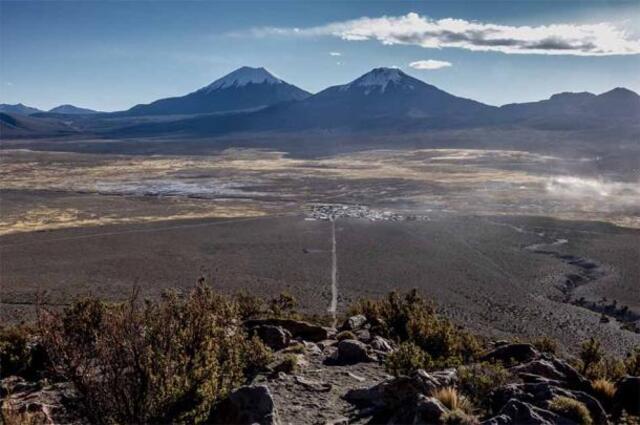
Sajama National Park, home to the Sajama Lines, is a breathtaking region nestled within the high-altitude plains of western Bolivia. The park is dominated by the extinct Sajama volcano, whose snow-capped peak stands as a silent witness to centuries of history. The surrounding landscape is marked by vast open spaces, resilient queñoa trees, and dramatic contrasts that make it the perfect canvas for the Sajama Lines.
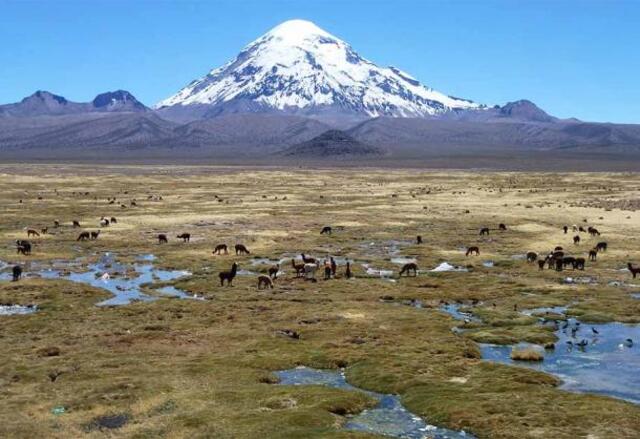
From the ground, the lines appear as faint markings, blending seamlessly with the rugged terrain. But from above, the sheer scale and complexity of this network become apparent. Spanning approximately 22,525 square kilometers (8,700 square miles), the Sajama Lines weave through the desert, forming a pattern that defies comprehension.
What Are the Sajama Lines?
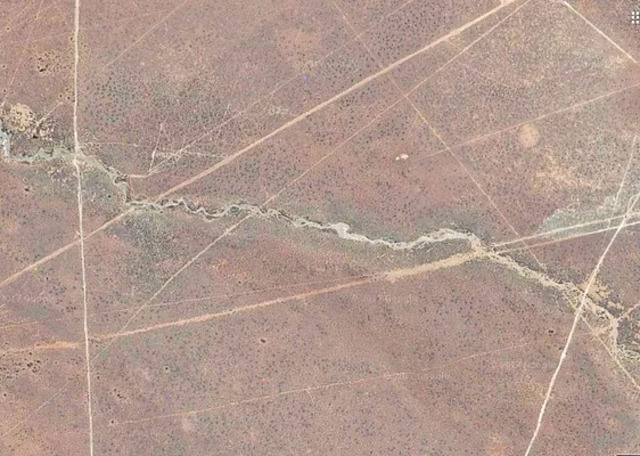
The Sajama Lines are an extensive network of geoglyphs, each line ranging from 1 to 3 meters (3 to 10 feet) in width. Some of these lines stretch as long as 20 kilometers (12 miles), traversing the vast Altiplano desert with remarkable precision.
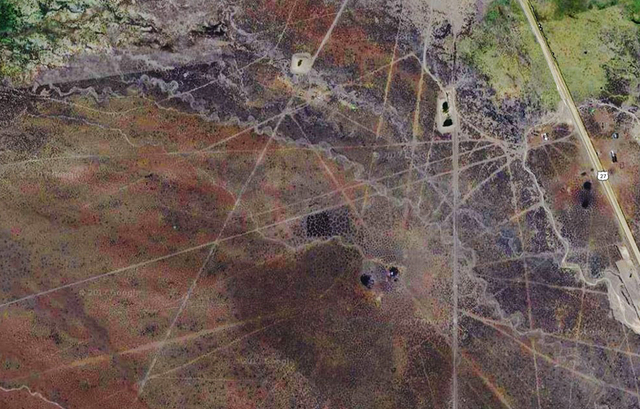
Ancient people created these lines by painstakingly scraping away the dark surface material—composed of soil and oxidized rock—to expose the lighter subsurface. This meticulous process required immense skill and effort, especially without modern tools or technology. The result is a striking visual contrast that has endured for thousands of years.
What sets the Sajama Lines apart from other geoglyphs, such as Peru’s Nazca Lines, is their unwavering straightness. While the Nazca Lines include animal and humanoid figures, the Sajama Lines consist solely of straight paths, cutting through the landscape like ancient highways.
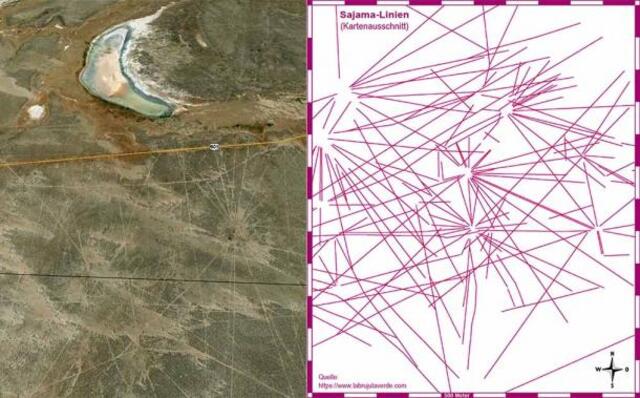
Theories Behind Their Purpose
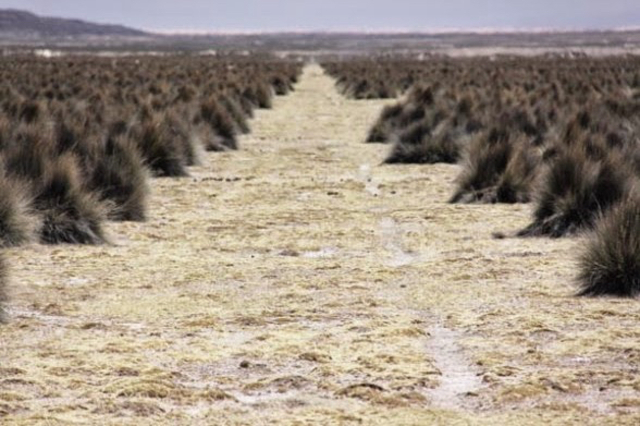
The purpose of the Sajama Lines has long puzzled researchers. Unlike the Nazca Lines, whose animal figures suggest symbolic meanings, the Sajama Lines’ straight paths are more practical yet equally mysterious.
One prominent theory is that the lines served as navigational aids for sacred pilgrimages. It is believed that the indigenous Aymara people, who inhabited the region, used these paths for spiritual journeys connecting important shrines and ceremonial sites. The presence of wak’as (shrines), chullpas (burial towers), and small settlements along the lines supports this idea.
Some researchers suggest that the Sajama Lines may have been part of a broader cultural and religious landscape, with the lines symbolizing connections between humans, the land, and the heavens. This aligns with theories proposed by filmmaker Tony Morrison, who highlighted the relationship between the lines and nearby mountain peaks, suggesting a sacred pilgrimage complex.
While the exact purpose of the lines remains speculative, their precision and scale reflect the deep cultural and spiritual significance they likely held for the people who created them.
Video
Unravel the mystery of the Nazca Lines in this captivating history documentary – watch the video to explore the secrets behind these massive, ancient geoglyphs!
Historical Discovery and Study
The Sajama Lines first came to the attention of the wider world in the early 20th century, thanks to Aimé Felix Tschiffely’s 1932 book Paseo de Tschiffely. A few years later, anthropologist Alfred Metraux conducted fieldwork on the Aymara and Chipaya peoples, shedding light on the cultural context of the lines.
In the 1970s, filmmaker Tony Morrison furthered the study of the Sajama Lines by producing a documentary and writing books on the subject. His work emphasized the potential connection between the lines and the surrounding peaks, offering fresh insights into their purpose.
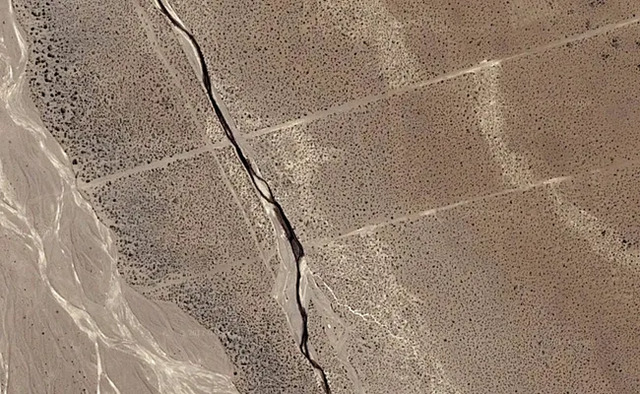
More recently, organizations like the Landmarks Foundation have worked to preserve the Sajama Lines, partnering with the University of Pennsylvania to launch the Tierra Sajama Project. This initiative used advanced tools like geographic information systems (GIS) to map and analyze the lines, revealing patterns and alignments with sacred sites.
Despite these efforts, many questions remain unanswered. How were these lines created with such precision? What tools and techniques were used? And, most importantly, what motivated their construction?
Challenges in Preservation
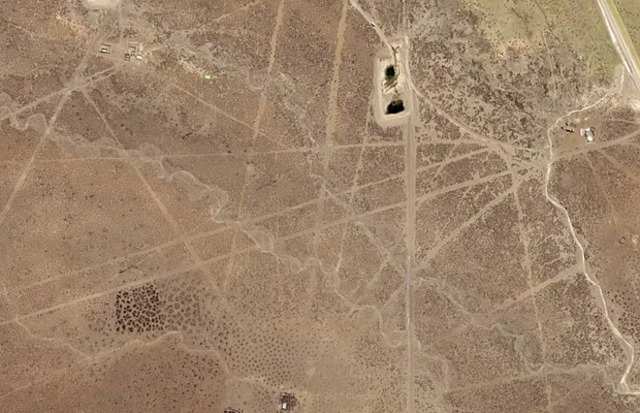
Preserving the Sajama Lines presents a significant challenge. Over time, natural erosion, unchecked development, and increased tourism have threatened their integrity. Without a comprehensive management plan, this cultural treasure faces the risk of being lost forever.
The Landmarks Foundation has played a vital role in protecting the lines, creating a database to document their size, shape, and location. By analyzing the lines’ alignments with mountaintop shrines and other cultural landmarks, researchers have uncovered valuable insights into their historical significance. However, more work is needed to ensure their preservation for future generations.
Unanswered Questions and Enduring Mysteries
While researchers have made significant progress in studying the Sajama Lines, their true purpose and origin remain elusive. Who created these lines, and why? What tools did they use to achieve such remarkable precision?
Some experts speculate that the lines predate the Inca civilization, possibly originating in pre-Hispanic times. Others believe they still hold ceremonial and navigational significance for local communities.
What is clear, however, is the incredible effort and skill required to create the Sajama Lines. Their existence challenges our understanding of ancient technology and the cultural complexity of early civilizations.
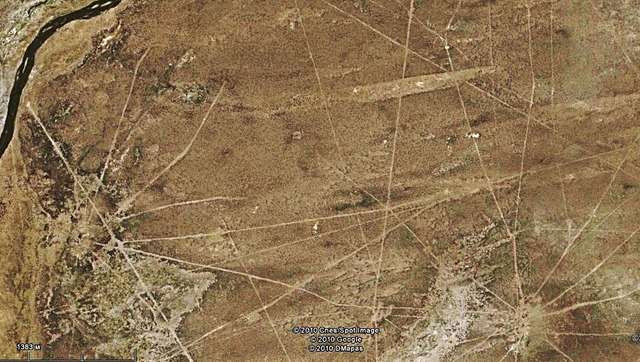
Conclusion
The Sajama Lines are more than just a network of geoglyphs; they are a testament to the ingenuity, creativity, and spiritual depth of ancient cultures. Their precise construction, vast scale, and enduring mystery continue to captivate researchers and travelers alike.
As we marvel at the Sajama Lines, we are reminded of the rich cultural heritage of Bolivia’s Altiplano plateau and the importance of preserving this incredible legacy. Whether they were used for navigation, spiritual journeys, or as a symbolic connection to the heavens, the Sajama Lines stand as a powerful reminder of humanity’s enduring relationship with the land and the cosmos.
In the end, perhaps the true beauty of the Sajama Lines lies in their mystery—a puzzle that invites us to explore, imagine, and connect with the ancient past.
